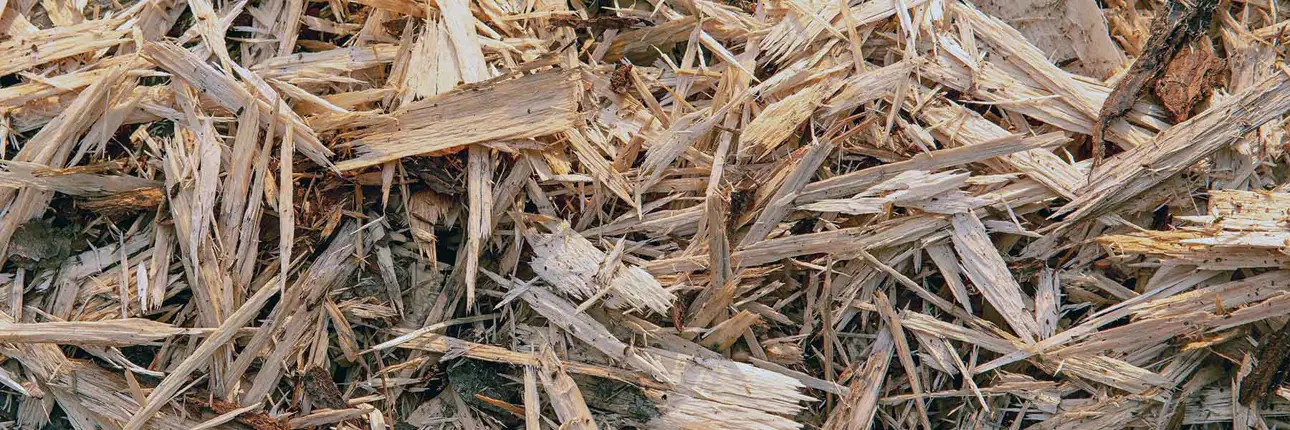Taking the circular economy forward

Circularity is essential for creating a sustainable future for us, our stakeholders, and society. The fundamental idea of circularity is firmly rooted in our business: enabling customers to convert renewable raw materials into sustainable products, utilize recycled materials and recover energy, and help customers extend the life of their equipment.
In a circular economy, products, components, and materials stay in a continuous cycle instead of being discarded. The main idea is to use as few new materials as possible, use existing material flows for longer, and minimize waste. This can be achieved by reducing the initial need for raw materials, circulating the materials longer in the process, recycling the used materials, and prolonging the lifetime of production equipment with well-planned maintenance.
Circularity is integral to Valmet’s pulp, paper, and energy production solutions. Valmet has been systematically enhancing circularity in its own operations, supply chain, and customer industries for several decades with its process technology, automation solutions, and services offering. We play a crucial role in enabling our customers to apply a circular economy to their operations.
In our own operations, we are constantly improving our processes to increase resource efficiency and maximize the use of recycled materials in our technology offering.
Valmet's role in the circular economy. Click to enlarge the picture.
Supporting and integrating suppliers
Valmet enables circularity in its supply chain, its own operations, and during the use phase of its solutions. Applying circularity criteria starts from the product design and drawings, where weight reduction and increased alternative raw materials are utilized. Circularity has been embedded into our Supplier Code of Conduct requirements, which sets the basis for Valmet’s Supplier Sustainability Engagement Program.
Through environmental management requirements, we support and urge our suppliers to reduce their environmental impacts and reuse and increase the share of recycled materials in their operations. We have also included circularity in the e-learning course, which was developed specifically for suppliers.
Recent developments
Valmet plays a strong role in the textile industry revolution and sees novel cellulose-based textiles and fiber-to-fiber textile recycling as the solution for more sustainable and circular textile production. Valmet delivered key technology for refining, washing, bleaching and drying to Renewcell’s textile recycling plant in Sundsvall, Sweden. It is the first commercial-scale fiber-to-fiber textile recycling plant of its kind in the world and was started up in 2022.
Furthermore, Valmet has focused on commercializing biomass conversion technologies, such as lignin extraction technology to replace fossil chemicals and pyrolysis for liquid biofuel solutions. For instance, a LignoBoost XSTM plant was delivered to Mercer Rosenthal Lignin Center in Germany, where the extracted lignin is used to develop various bio-based materials that can replace fossil raw materials.
The joint venture between Valmet and Metsä Group’s innovation company Metsä Spring creates sustainable solutions for the world’s packaging needs. The novel molded fiber products are manufactured from wood fiber from northern woods and are an excellent option for replacing plastic. Since the demand for molded fiber products is growing fast, this new technology offers Valmet a good opportunity to enter a new market with its molded fiber technology, Valmet 3D Fiber.
Beyond Circularity - an R&D and innovation program
In 2022, Valmet launched Beyond Circularity, an R&D and innovation program. This program enhances our readiness to support the green transition in customer industries based on Valmet’s technology vision 2030. The program further strengthens our R&D work by developing process technologies, automation, and services that utilize renewable materials and recycled waste and sidestreams.
Responsible management of chemicals and substances
Valmet is fully committed to the goals of the European Union Regulation on Registration, Evaluation, Authorization and Restriction of Chemicals (REACH) and the Restriction of Hazardous Substances (RoHS). Valmet is primarily considered a downstream user and does not manufacture or import chemicals to Europe, with a few exceptions.
Valmet actively implements precautionary and substitution principles to minimize the use of hazardous substances in our activities and to anticipate requirements from authorities. We constantly monitor ECHA’s Candidate List of Substances of Very High concern (SVHC) to ensure ongoing compliance.
The minimum requirements that all Valmet’s global operations must fulfill are detailed in Valmet’s Exposure to Hazardous Substances standard which includes everything from the storage to labelling the hazardous substances.



















